 |
April 28, 2017 Volume 23, Number 17 |
Research and Education |
General Interest |
Network Tools |
In the News |
Research and EducationBack to Top | |
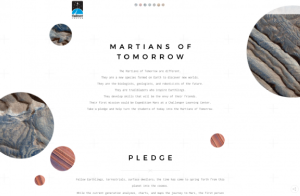 |
|
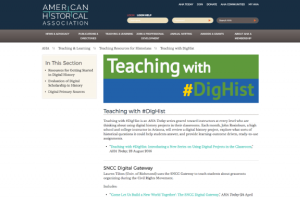 |
|
 |
|
 |
|
 |
|
 |
|
 |
|
 |
|
General InterestBack to Top | |
 |
|
 |
|
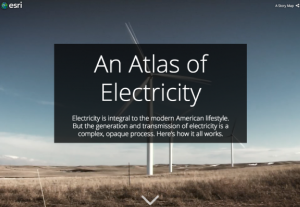 |
|
 |
|
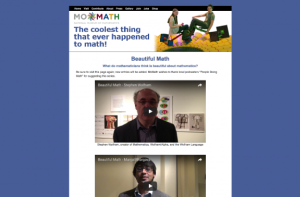 |
|
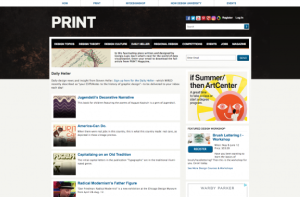 |
|
 |
|
Network ToolsBack to Top | |
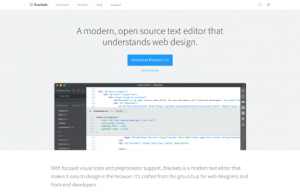 |
|
 |
|
In the NewsBack to Top | |
Introducing the Museum of Failure, a Reminder that with Innovation Comes Colossal Flops | |
|
From Colgate Lasagne to Crystal Pepsi: visit the Museum of Failure A New Museum in Sweden is All About Failure The Lessons of Commercial Flops on Display in Sweden's 'Museum of Failure' A Brief History of Failure YouTube: Foo Cafe: Playfulness Creative Thinking - Samuel West Museum of Broken Relationships What do the McDonald's Arch Deluxe sandwich, the Nokia N-Gage, and Crystal Pepsi all have in common? All three of these innovations were failures: the "adult" McDonald's sandwich, the mobile phone that was also a (subpar) gaming device, and the soda that tasted just like Pepsi (but looked translucent) all failed to gain enough consumer appeal to last for long on the market. Today, these products are either forgotten or remembered mostly as the butt of jokes. These three items are also featured, along with dozens of other products, in the Museum of Failure, scheduled to open in Sweden this June. The mastermind behind this museum is Samuel West, a psychologist who studies innovation and creativity. West's new museum features items as strange as the Rejuvenique facial mask (which looks like budget costume mask and is intended to strengthen one's facial muscles for a more youthful appearance) and as ill-conceived as Bic For Her pens marketed just to women (and, subsequently, humorously critiqued by many Amazon reviewers). Why build a Museum of Failure? West says, "I got tired of all of this glorifying of success, especially within the domain of innovation where 80 to 90 percent of all projects fail." In addition, as West points out, "you can't have success without failure." [MMB] The first two links this week take readers to articles about the Museum of Failure from The Guardian and the Smithsonian Magazine. Next, readers can catch a short interview with Samuel West by NPR's Mary Louise Kelly. The fourth link takes readers to a fascinating 2014 New York Times piece that highlights innovations that have failed over the past few centuries, including the Pneumatic Rail (a mid-nineteenth century attempt to power rails with atmospheric pressure) and the Dvorak keyboard (which proponents argue is actually a much better design for efficient typing that the QWERTY model that eventually won out). Moving along, visitors may be interested in checking out this brief talk from Samuel West on the topic of playfulness and creative thinking. Finally, visitors will find the Museum of Broken Relationships, a Croatian Museum that invites individuals to submit mementos from failed relationships and painful breakups. West has noted that this unusual museum was one of the influences for the Museum of Failure. | |





